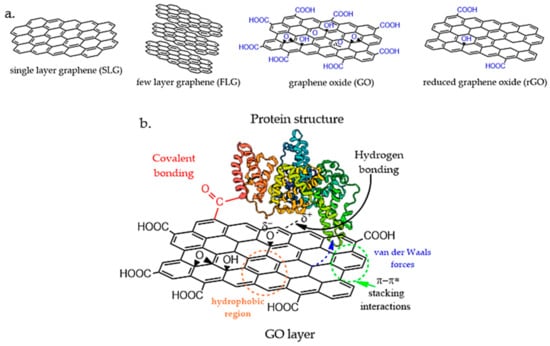Proteins and Peptides
A topical collection in Polymers (ISSN 2073-4360). This collection belongs to the section "Biobased and Biodegradable Polymers".
Submission Status: Closed | Viewed by 10132Editors
Interests: protein structure; protein function; protein folding; protein-synthetic polymers interaction; protein-based complexes for tissue engineering; protein-based biomaterials
Special Issues, Collections and Topics in MDPI journals
Interests: protein structure; protein folding; protein misfolding; intrinsically disordered proteins; conformational disease; partially folded protein; folding intermediate; protein aggregation
Special Issues, Collections and Topics in MDPI journals
Topical Collection Information
Dear Colleagues,
The protein/peptide structure–function relationship represents a key problem at the cross-section between modern biochemistry, biophysics, molecular biology, and medicine. The importance of protein and peptides cannot be overestimated, as they are the major functional and structural components of the living cell that play a number of crucial roles in the maintenance of life. Proteins may serve as simple structural blocks, supporting cellular shape, or may be involved in catalysis of various biological reactions, or energy interconversion, or, together with peptides, they can be involved in signal transduction and transmission of information. Peptides are commonly involved in the regulation of various biological processes. Proteins and peptides might act alone or in complexes with various partners. Dysfunctions of many proteins and peptides are associated with the pathogenesis of various diseases. The main goal of this Topic Collection is to provide a platform for reporting studies in the field of protein/peptide structure and function as well as research concerning proteins engineering domain with multiple focus on advanced biomedical applications.
Prof. Dr. Horia Iovu
Dr. Vladimir N. Uversky
Collection Editors
Manuscript Submission Information
Manuscripts should be submitted online at www.mdpi.com by registering and logging in to this website. Once you are registered, click here to go to the submission form. Manuscripts can be submitted until the deadline. All submissions that pass pre-check are peer-reviewed. Accepted papers will be published continuously in the journal (as soon as accepted) and will be listed together on the collection website. Research articles, review articles as well as short communications are invited. For planned papers, a title and short abstract (about 100 words) can be sent to the Editorial Office for announcement on this website.
Submitted manuscripts should not have been published previously, nor be under consideration for publication elsewhere (except conference proceedings papers). All manuscripts are thoroughly refereed through a single-blind peer-review process. A guide for authors and other relevant information for submission of manuscripts is available on the Instructions for Authors page. Polymers is an international peer-reviewed open access semimonthly journal published by MDPI.
Please visit the Instructions for Authors page before submitting a manuscript. The Article Processing Charge (APC) for publication in this open access journal is 2700 CHF (Swiss Francs). Submitted papers should be well formatted and use good English. Authors may use MDPI's English editing service prior to publication or during author revisions.
Keywords
- protein structure
- protein function
- protein folding
- protein misfolding
- intrinsically disordered proteins
- proteins engineering








